It’s been nearly a decade since Rockstar Games introduced Red Dead Redemption, a massive open world game with a story about as reflective of American culture as the Grand Theft Auto franchise.
Tomorrow, Red Dead Redemption II goes live after months of breathless speculation. And yes, it’s as good as you dreamed it. That’s not to say that the layers of interactivity, which are a huge step forward for the next generation of open world games, are not without their faults. But the level of attention to detail, the way that the various components of the game work in conjunction, and the intricacy of even the most mundane activities makes playing Red Dead Redemption 2 feel as authentic as being Arthur Morgan yourself.
But before we dive into the review, it’s worth noting that Devin and I each spent less than a dozen hours playing this game before sitting down to write. In fact, according to the progress bar in my game, I’m less than 20 percent of the way through the story, with even less completed of the challenges and the Compendium (index of items discovered/found). This game is so massive, it would be impossible to bring you thoughtful analysis of the story. We haven’t finished it yet.
We do, however, have some early impressions of the game below. For those looking to avoid spoilers, don’t worry — everything we talk about takes place in the first couple hours of the game and we’ve shied away from naming places, characters, and missions.
A world of details
For a game this big, it kind of makes sense to start with the details. It’s evident that this is an environment not just crafted with care, but presented with directorial intent. That’s important to say right off the bat — this isn’t just a big chunk of land for you to wander, but the stage for a story, and a stage that has been dressed with more care than perhaps any game to date.
It’s easy to talk about square mileage, about how many buildings can be entered, about the hours of dialogue you may encounter. But those are quantitative measures when what matter are the qualitative ones.
The details are what set RDR2 apart. Everywhere you look there are details, from the seams and rips on the dozens of coats you’ll see and wear, to the fact that you have to clean and oil your gun regularly, to how the items you buy are actually on the walls of the general store you visit. The dialogue too is remarkably consistent and well acted, and largely free from anachronism while retaining personality and a sense of humor.
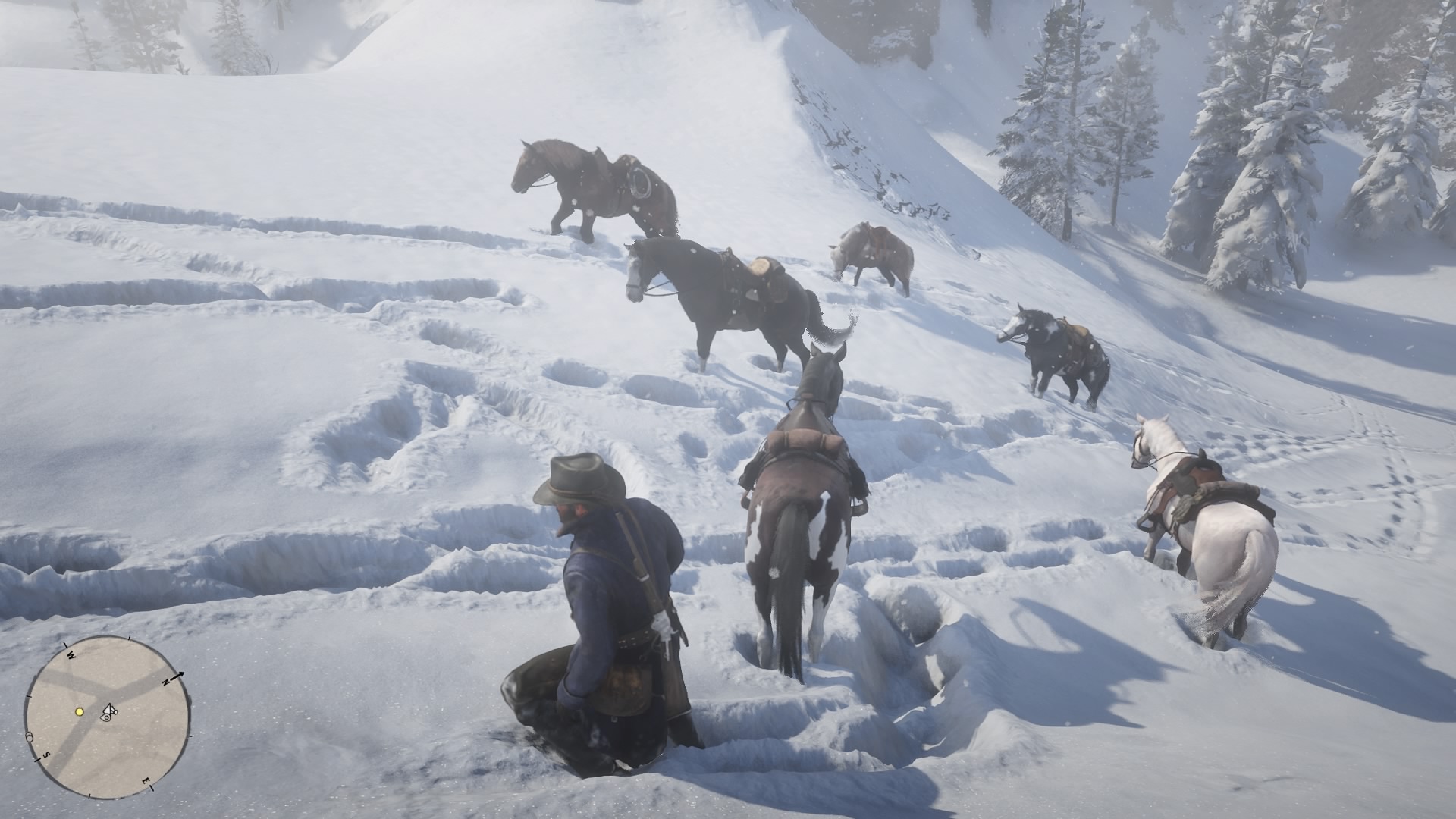
Although it’s difficult to forget that you’re playing a game, these details make it very easy to fool yourself that the world in which you’re playing is a real place. Nearly everything you do, and how you do it, retains the conceit of the Old West.
I can’t even begin to wonder how much work it took to put this together. I had similar thoughts when I was playing Assassin’s Creed: Odyssey, but while the scale and visual grandeur of that game impressed me, RDR2 hits those same notes while also hitting home in the much more difficult areas of authenticity, believability, and consistent direction.
From RDR to L2
One of the loveliest characteristics of RDR2 is how reminiscent it is of the original Red Dead. Riding my horse along a beaten path, normally near a railway, takes me back to 2010. All the things players have done before — shooting, riding, walking through the world — feel similar to the last game, albeit slightly smoother. The cinematic camera (a page out of the GTA playbook) is particularly delightful, especially in autopilot alongside NPCs leading the way.
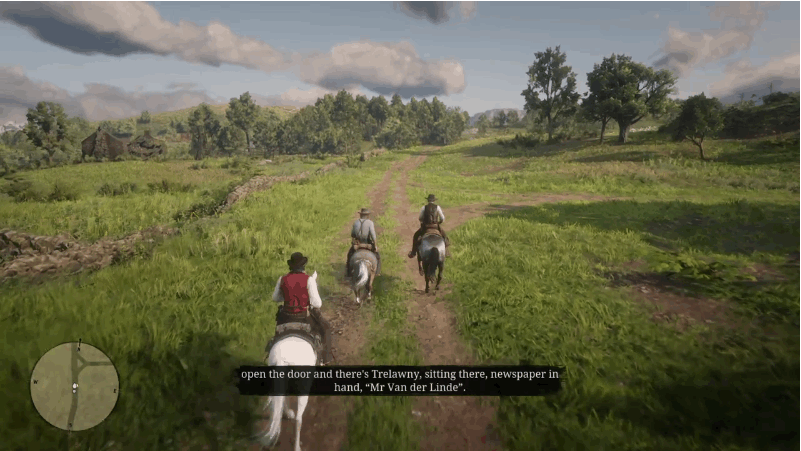
The world itself is far more alive and full of detail, and this time around, there is something deeper behind each item, NPC, and animal in the game. Red Dead Redemption taught us that our left trigger button was about aim, and aim only. In the next iteration of the game, L2 opens the door to everything else that this immersive world has to offer.
And it’s this untethering of every single object and character in the game that pushes RDR2 steps toward reality, and leaps forward for gaming.
During Story missions, Arthur can use L2 to make real-time decisions about how to ambush a camp. If he focuses on an item on a shelf in the store, the player can open up a menu through L2 to buy or inspect that item. Focus on an NPC walking around camp, and L2 opens up the options to greet or antagonize them. Approach Arthur’s horse, and L2 opens up a larger menu to feed the horse, brush the horse, or pat the horse. But these aren’t just empty actions. Feeding and cleaning the horse fill her health and stamina cores, and patting the horse increases her bond with Arthur, all of which affect the quality of the horse as a tool.
It’s important to note that, if Arthur gun is equipped, L2 defaults to aiming down sights, which sure can frighten a horse or an innocent NPC.
Like a crow bar, L2 cracked open the whole world of Red Dead Redemption. If you can inspect a letter on a nightstand, flip it over and read the back, and put it down again, what should stop you from inspecting a live animal to see if it’s worth hunting. L2 brings up information about the animal like its name, its quality, and what you can get from it.
Intuitive until it isn’t
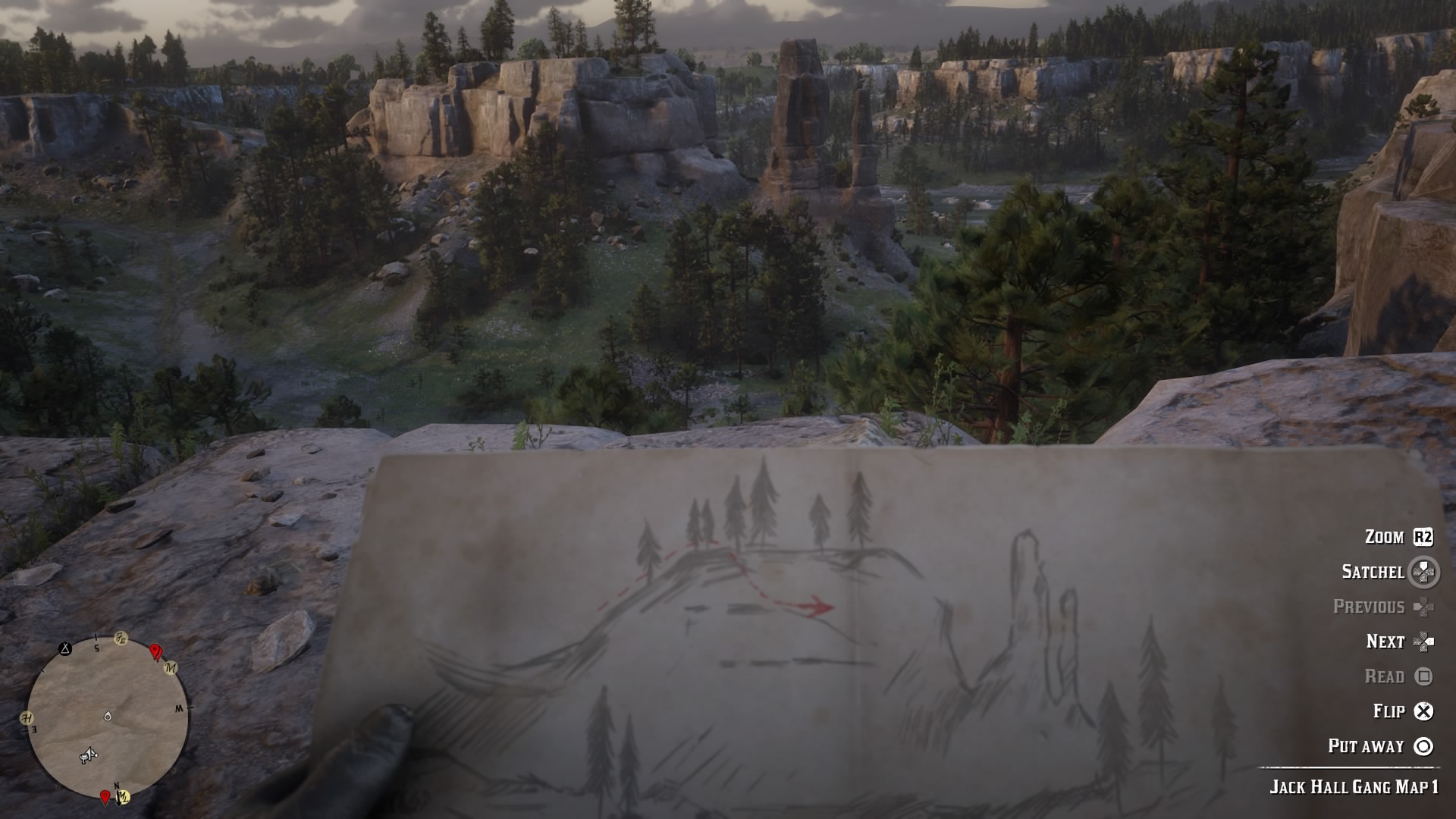
Not all of the game’s interfaces are so fluid and convenient. Trotting along through town in my horse, I tap L2 to see if I can sketch a bird flying by, or study a farm dog, or hail a passerby (“hey, pardner!”). But then I see my horse is tired and I want to feed it an apple.
To do this I have to hold L1 to open the radial menu, then simultaneously hit R1 twice to get to the horse menu. Then I hold the right stick down in the direction of the item category I want to use, then (while holding L1 and the stick direction) pull the right and left triggers to find the item I want, and let go of L1 (but still hold the stick!) to use it (X and other normal “OK” buttons don’t do it). Are you kidding me?
Meanwhile time continues to pass in the background, albeit slowly, so you’re doing all this under pressure. Hell, someone might even be shooting at you and you’re trying to quaff a health tonic before returning to the weapon menu to pull out the rifle from your horse storage before you get gunned down.
It seems to me that although much of the world and your interactions with it are smoothed and interpreted from context, whenever that wasn’t possible the developers crammed it into this overworked radial menu system. I’ve gotten more used to it as I’ve played, but it still feels like something that started simple and quickly lost its elegance as it turned into a catch-all bucket for “video game stuff.”
There are also systems that are inadequately explained even when there’s opportunity for it. An early mission has you traveling with one of your bandit companions to hunt a big bear he saw a day’s ride away.
I happened to succeed in killing the bear, and loaded my ‘legendary bear pelt’ on the back of my horse. What was I supposed to do with it? Make a rug? I’d heard a little about pelts but precious little. Then I saw on my map that there was a trapper nearby — surely he would provide the tutorial I needed! But although the item’s description specifically said a trapper could turn it into a talisman, the trapper seemed to be able to do no such thing
Did I need to park my horse closer and hail him with it nearby? Did I “have” the pelt, or did it need to be there? Did I need to sell it to him first? Did I have to craft something on my own? Did I need to talk to my mission guy, or the cook who handles pelts in the camp? I had no clue and the game gave me no indication either. I couldn’t just keep it, since it took up valuable space on my horse — I had to turn down giving a lady a ride home because I’d have had to leave the pelt behind.
Ultimately I brought it back to camp, but couldn’t make anything out of it there either. Carts and boxes were everywhere but I couldn’t store the pelt in any of them. I dropped it on the ground and found myself and it teleported to the edge of camp; a message told me that “items dropped in camp will appear in a convenient place” or something. Oh, so the whole camp is a storage area! Nope. As soon as I rode away I was told I’d “abandoned” the pelt and some of its parts would go to the nearest trapper. What?
I don’t envy the developers and the info dumps they have to place like mines throughout this enormous world and story, but it felt like this was just one stumble after another, with relatively core gameplay elements that were almost completely unexplained. It’s an unexpected and forgivable failure given how much goes right, but the contrast is all the more jarring when it happens.
Nothing mundane about it
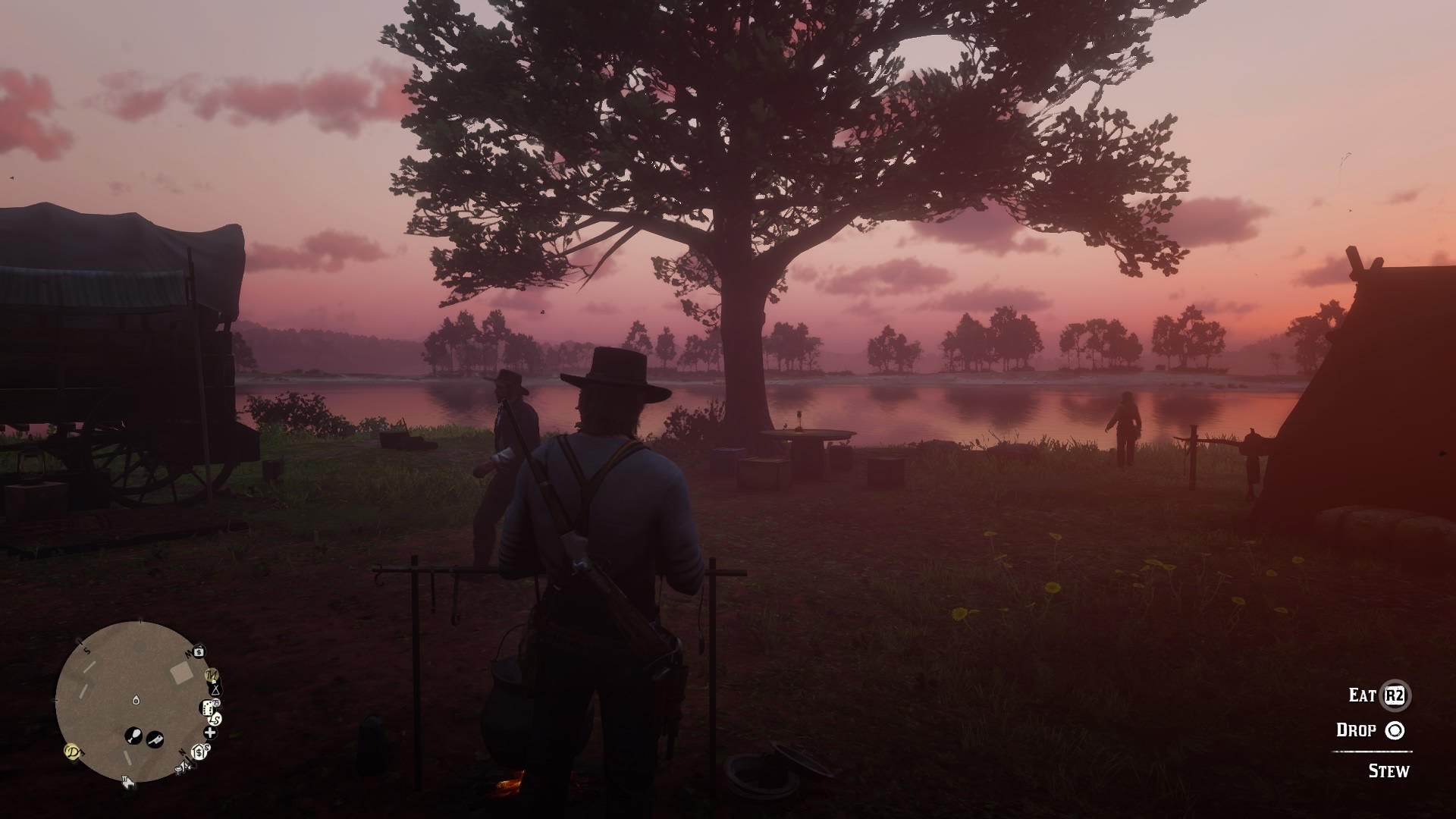
RDR2 sets the bar high in a number of ways, but the overarching achievement is how closely this game tries to mimic reality. In some ways, this opens the world up, and in others, it limits you.
Arthur can’t carry around seven guns at once, so his horse stores the guns he can’t carry. If he forgets to equip his guns before running into a shootout on foot, he’s probably in trouble. Likewise, if Arthur goes hunting and loads a bear skin on the back of his horse, there isn’t any room to bring back a bounty target.
But Arthur isn’t just hunting for sport, or even for food. Whereas the last Red Dead focused on hunting as a way to make money, eat, or simply collect animals in the index, hunting now comes with its own system similar to Dead Eye and is paired together with crafting (which I’ll get to shortly).
![]()
The hunting system is called Eagle Eye, and it’s slightly reminiscent of the Instinct mode in Hitman. This system lets Arthur track animal trails, paw prints, animal dung, etc. to find his desired prey. Clicking L3 and R3 simultaneously activates Eagle Eye, and then pressing R1 lets you follow the track without remaining in the slow-mo world of Eagle Eye.
Tracking doesn’t work so well for aquatic animals like fish and alligators, but fishing is an easy, laid-back way to gather food or turn a small profit.
Inspecting animals, via L2, ensures Arthur is targeting the right size and quality of animal, and the method by which Arthur hunts affects the quality of the skins. This seems unimportant, but in the exotic world of crafting, you might find yourself caring a lot.
Crafting allows Arthur or other NPCs (like the Trapper, or the camp cook Pearson) to create new items from stuff they’ve gathered in the wilderness. That could mean mixing up some meat with an herb to create a specific dish, which would have its own specific effect on health and stamina, or bringing back a few pelts to have more comfortable and colorful accommodations around camp.
Again, this method of hunting and crafting is more in line with how an outlaw might actually live off of the land in 1899. And in adding Eagle Eye and the ability to craft, the more mundane parts of Red Dead Redemption have come alive. In the last game, hunting was something you stumbled upon. The most interactive piece of it was buying and setting bait. In RDR2, hunting big game like bears and buffalo is nearly as enjoyable an activity as the story missions.
Stone cold or heart of gold?
The honor system from Red Dead Redemption is alive and well in RDR2, but with some added flare. Because the game tries to mimic real life, with all its opportunities and limitations, the honor system is even more consequential now.
Deeper interactivity through L2 allows you to interact with almost every NPC, even those that aren’t involved in challenges or side missions or story missions. What’s more, those NPCs remember you.
In one instance, a man had been bit by a snake and was screaming out nearby a road. I stopped to help him, sucked the poison out, and went on my way. Later, when I rode into town, he was sitting on a bench outside the gunsmith and he called out to me. He said thanks and offered to pay for any gun I’d like to buy inside the gunsmith. My decision to save him, instead of killing him and looting his body, not only gave me honor points but resulted in a reward.
In another instance, I accidentally pulled out my knife when I got in a bar fight. Instead of innocently beating a dude up, I killed him. The townspeople mentioned the murder the next time I came into town, and the only way to get rid of the bounty on my head was to pay it off at the Post Office.
These decisions and their respective results are pretty straight forward. More nuanced, however, is the effect that Arthur’s honor has on the atmosphere of the game. Honor level changes the way that the story plays out, affects the kill cams, alters the music in the game, and changes the way Arthur dreams and writes in his journal.
In the short time we’ve been able to play the game, it’s hard to tell how extremely this affects the game. I did notice, however, when my honor was at its highest level that one of the shootouts was accompanied by up-tempo (almost celebratory) banjo music, and that kill cams had a goldish tint to them. It’s unclear if that was directly related to my honor or not, but it felt like a subtle dynamic change.
This game offers no shortage of customization options, from your horse to your gun to your clothes to your camp. But there is perhaps no more influential factor that separates one player’s experience of the game from another than Honor.
Dear diary
I want to give an especial callout to the detail lavished on the catalogs and books in the game, as well as Arthur’s journal. The tongue-in-cheek period-style descriptions of equipment and clothing items sometimes run to multiple paragraphs, and as there’s no particular hurry for much of the game, why not take the time to read them?
Arthur’s journal is a treat as well. Although it is in some ways just a way to recap the story for you, it’s a pleasure to read the hand-written entries and the main character’s thoughts on events as they played out; missions will be described differently depending on how they ended or choices you made. And meanwhile every place you visit, and every critter you “study” will be sketched in the book in the order you see them.
This isn’t explained or anything, and I was tickled when I figured it out. I had made a long trek back from a mission and stopped by a few places, scoped out a squirrel, some chickens, a deer and some other things in passing. When I went to my journal a few game days later, there they all were in order, as if (as is the intent) Arthur had in fact been jotting them down while I wasn’t looking.
It’s a shame the journal and books aren’t more prominently presented — the journal is in your horse’s pack, or that’s where it ended up for me (or you can hold left on the d-pad — that’s one of the shortcuts briefly mentioned and never brought up again). Take the time to read it and anything else you come across; as much effort was put into the writing here as it was everywhere else in the game.
Not-so-final word
Needless to say RDR2 gets a hearty recommendation from us despite some nitpicks and even a couple serious cracks in the carefully-constructed facade. It’s a landmark game in the open world genre and an artistic achievement in its own right. It’s worth your money.
That said, our limited time with the game, and choice to play it as though we were regular players and not blast through to the end, means we’re unable to evaluate the entirety of the game. I find it exceedingly unlikely that the game gets worse — if anything, it likely gets better as the story and gameplay concepts progress.
Still, there are a few specifics we should mention that we plan to look at over the next few weeks.
Online isn’t live yet and won’t be for a while. This isn’t core to the main game but will surely be a huge draw as the game ages and its quality will affect whether it’s worth picking up again or recommending to a friend a year or two from now.
The honor system, though we touched on it, is pretty hard to test thoroughly even with two people playing in parallel. We haven’t been able to experience how the game changes significantly to accommodate your choice of amorality or virtue.
The story is in many ways just beginning, not to mention the side stories of your camp members and other figures you encounter. Did Rockstar frontload all the good acting and setpieces? Does it fizzle out at the end? Doubtful but we can’t say one way or the other. Once we’ve both finished the game or gotten far enough to feel confident in our opinions we’ll issue a followup review and link it here.
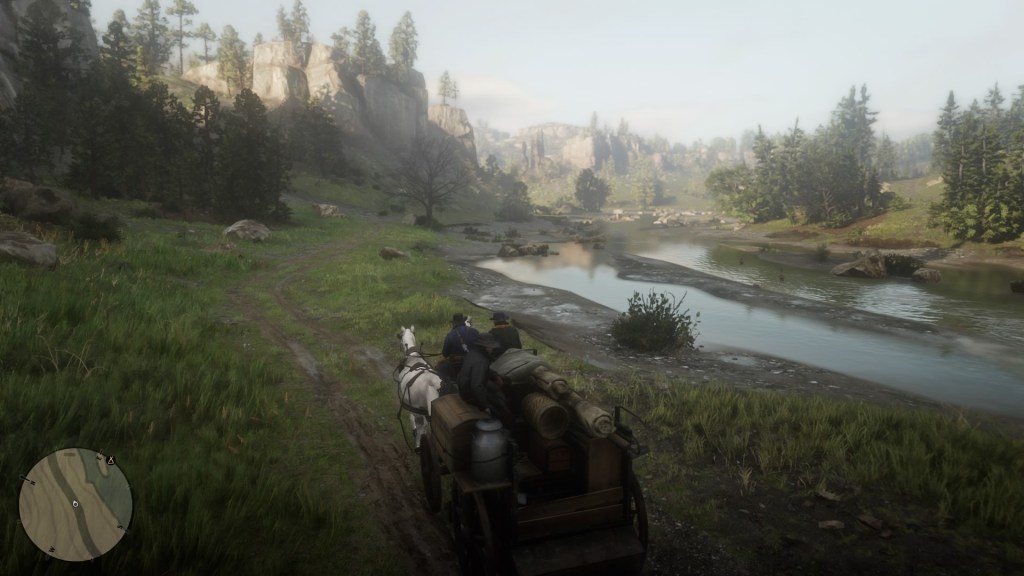
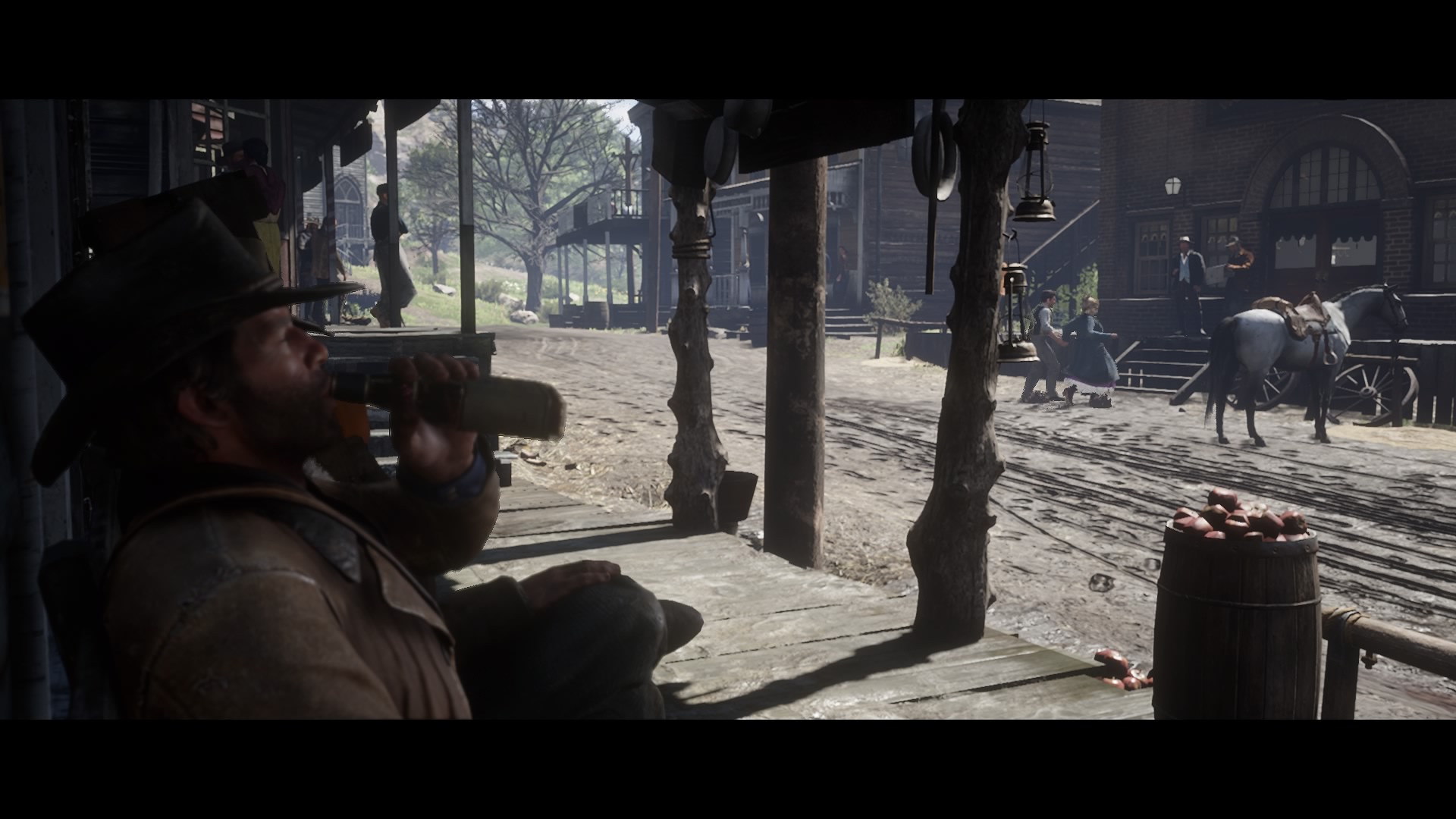
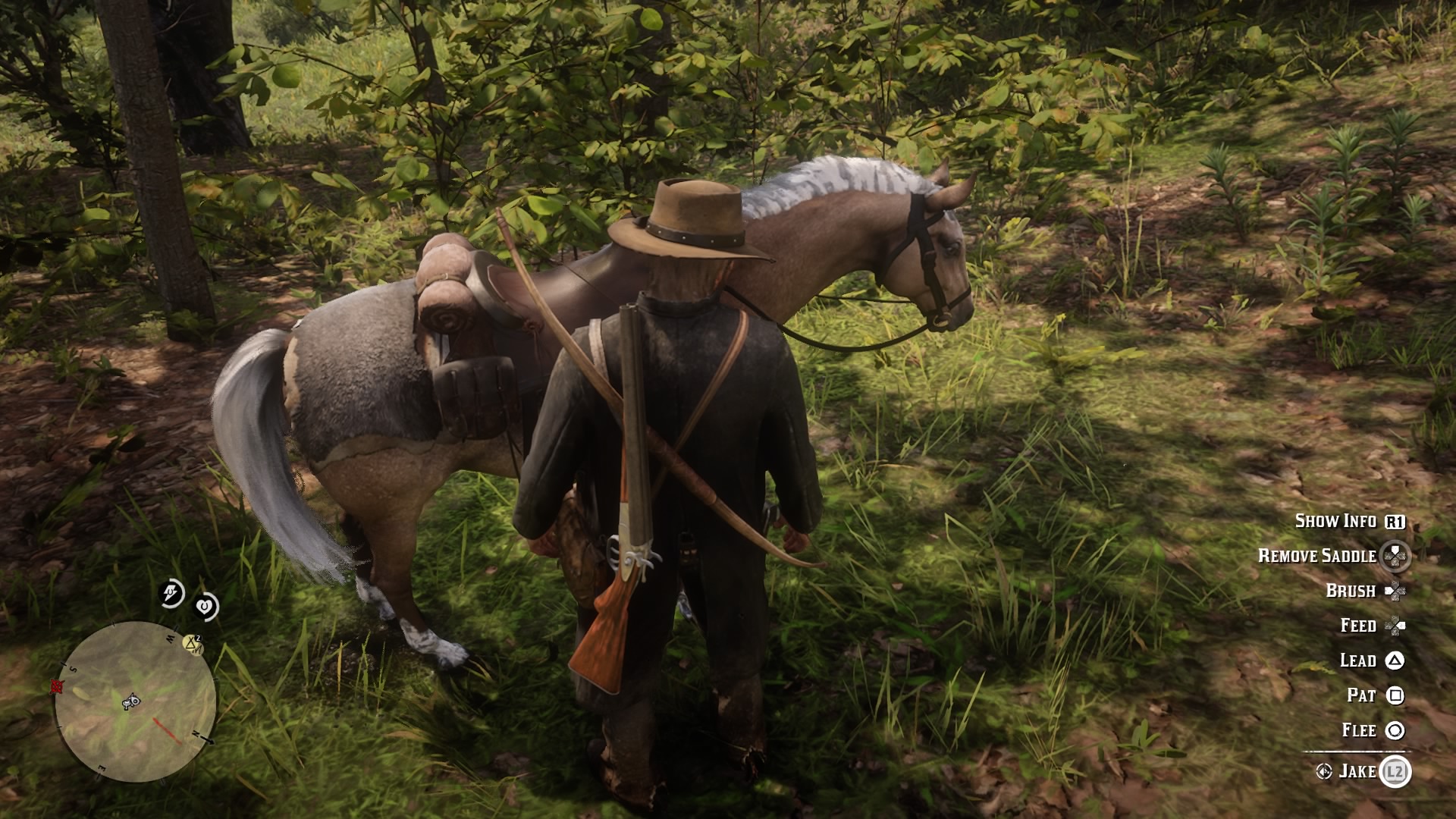
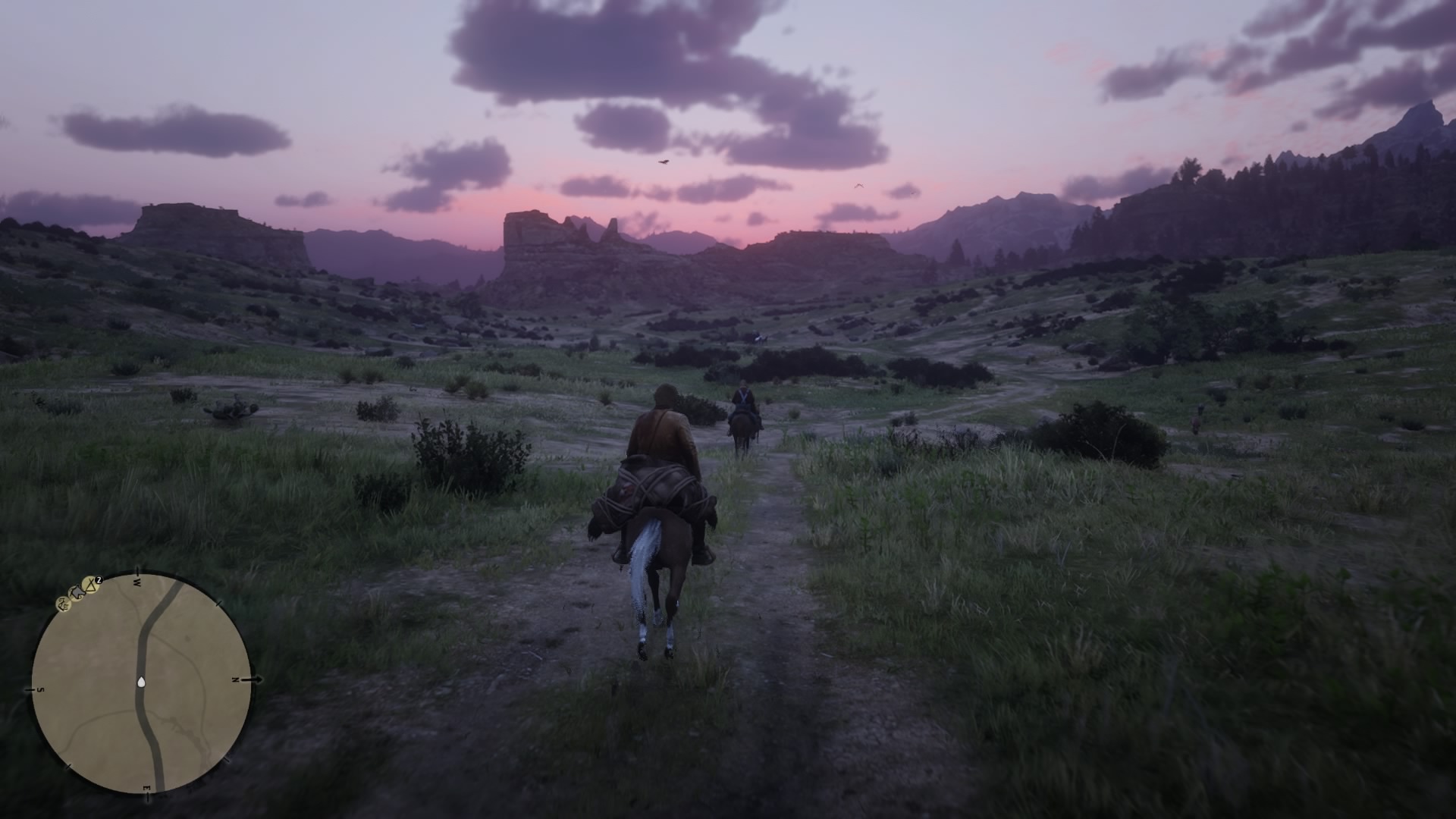


































Comment